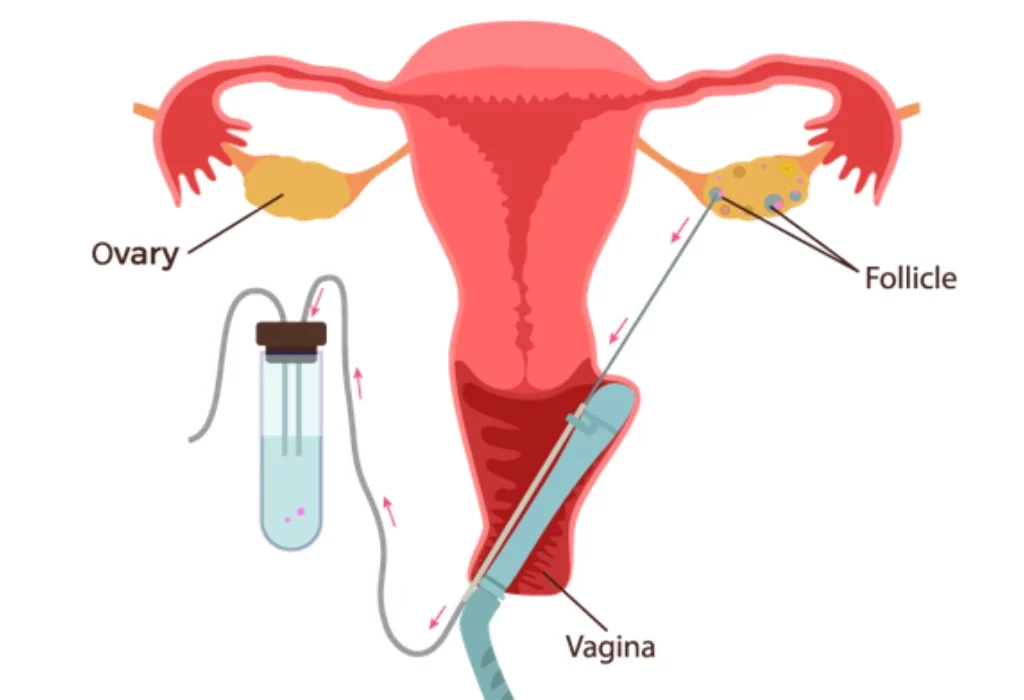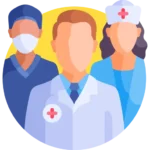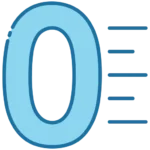Having your own child is no longer a dream!
Does the traditional IVF method not give you your desired results?
The best ICSI treatment in Chennai can be your solution.
ICSI treatment (Intracytoplasmic Sperm Injection)
Infertility has become a major issue, and men are equally affected as women. The increasing rate of infertility has led to the growth of ART (Assisted Reproductive Technology), which allows couples to have a child through artificial means. One such method of assisted reproduction is IVF (In Vitro Fertilization).
There are two ways an IVF (In vitro fertilization) can be done. One is the traditional method, and the other is through ICSI (Intracytoplasmic Sperm Injection).
Traditional IVF
Thousands of sperm are placed alongside an egg in a laboratory. Fertilisation occurs when a sperm successfully enters the cytoplasm of the egg.
ICSI
A micropipette, which is a tiny needle, holds a single sperm that is inserted into the centre of the egg.
The ICSI treatment process I follow
The ICSI (Intracytoplasmic Sperm Injection) is accomplished using a micromanipulation technique. This technique uses a high-powered microscope and fine surgical tools to insert a single viable sperm into the egg for fertilization.
Before ICSI treatment
Matured eggs are collected from the ovaries of the female partner.
- Egg retrieval

Before ICSI can be done, the egg and sperm of the couple must be collected
The female partner is given a course of fertility medication injections for 8 to 14 days before the ICSI.
This stimulates multiple egg production in their ovaries. Next, a Lupron or an (hCG) human chorionic gonadotropin injection will be administered to stimulate the final maturation of the eggs.
Once the eggs are mature enough to be collected, your healthcare provider will insert a thin needle through the wall of your vagina into your ovaries.
You will be administered a mild anaesthetic, so there is no worry about pain. Once the needle enters the ovary, a suction device connected to the needle will collect the eggs.


- Sperm retrieval

A Semen sample is collected from the male partner. The sperm from the male partner is collected on the same day as the egg collection.
The sperm is collected in a container given by the lab and must be submitted to the lab within 60 minutes of ejaculation. The lab conducts a semen analysis test to check the sperm volume, sperm mobility and quality.
During ICSI treatment
The steps involved in ICSI treatment are as follows.
Step 1
A small pipette (a glass tube with a suction bulb) is used to hold the extracted mature egg in place.
Step 2
A single sperm is immobilised and collected using a thin needle.
Step 3
The needle injects the sperm into the cytoplasm of the egg.
After ICSI treatment
After successfully injecting the sperm cell into the egg (ovum), the fertilised egg is kept under observation in the laboratory for any signs of growth and development. A healthy fertilised egg (embryo) will show signs of development within five to six days.
Once your health provider confirms the healthy growth of the embryo, the next step would be to transfer it into your uterus for further development. Using ultrasound technology, a catheter is inserted through your vagina to inject the embryo into your uterus. Pregnancy happens when the embryo implants into your uterus and develops into a foetus.
Benefits

The main benefit you get from an ICSI is the increased fertility rate. Compared to traditional IVF, ICSI enhances the fertility rate and increases the number of fertilized eggs that are available for embryo transfer or freezing.
This is especially beneficial for couples who suffer from male fertility issues. Men with low sperm count and sperm motility can use the ICSI method for childbirth.
Who can undergo ICSI treatment?
An Intracytoplasmic Sperm Injection (ICSI) can be done under the following circumstances.
- The sperm count is lower than the required level.
- The sperm has trouble attaching to the egg.
- The sperm has poor motility.
- Blockage in the male reproductive tract that may keep the sperm from getting out.
- The traditional IVF method did not succeed in fertilising the egg.
- Previously frozen eggs or sperm are being used.
Why choose me for ICSI treatment?

High success rate on ICSI treatment

High-tech equipment and a healthy lab environment

Proper consultation and counselling

Zero-infection rate
Frequently Asked Questions
In traditional IVF, thousands of sperm are placed alongside an egg and fertilisation occurs when a sperm successfully enters the cytoplasm of the egg. In ICSI, a micropipette, which is a tiny needle, holds a single sperm that is inserted into the centre of the egg.
Under normal circumstances, traditional IVF is just as effective as ICSI. ICSI is needed only when the male sperms are unable to fertilise the egg(ovum).
The ideal candidates who can undergo ICSI are
- couples with male fertility issues,
- men with low sperm count and sperm motility, and
- men with a blockage that prevents sperm ejaculation.
No, the ICSI treatment is not a painful process. The patient is administered a mild anaesthetic during the egg retrieval process. Egg retrieval is not painful and embryo transfer is also usually not painful.
A sperm cell for the ICSI is selected by an expert under various conditions. It is selected based on the shape of its head, its ability to move (motility), and its overall appearance. The single sperm cell is then placed inside a micropipette, a tiny needle, and injected into the egg.
While the fertility rate is higher in ICSI, it also carries some risks than other fertility treatments. The eggs that are being injected with the sperm are susceptible to damage when they are pierced with a needle. This may sometimes lead to health issues for the newborn child.


